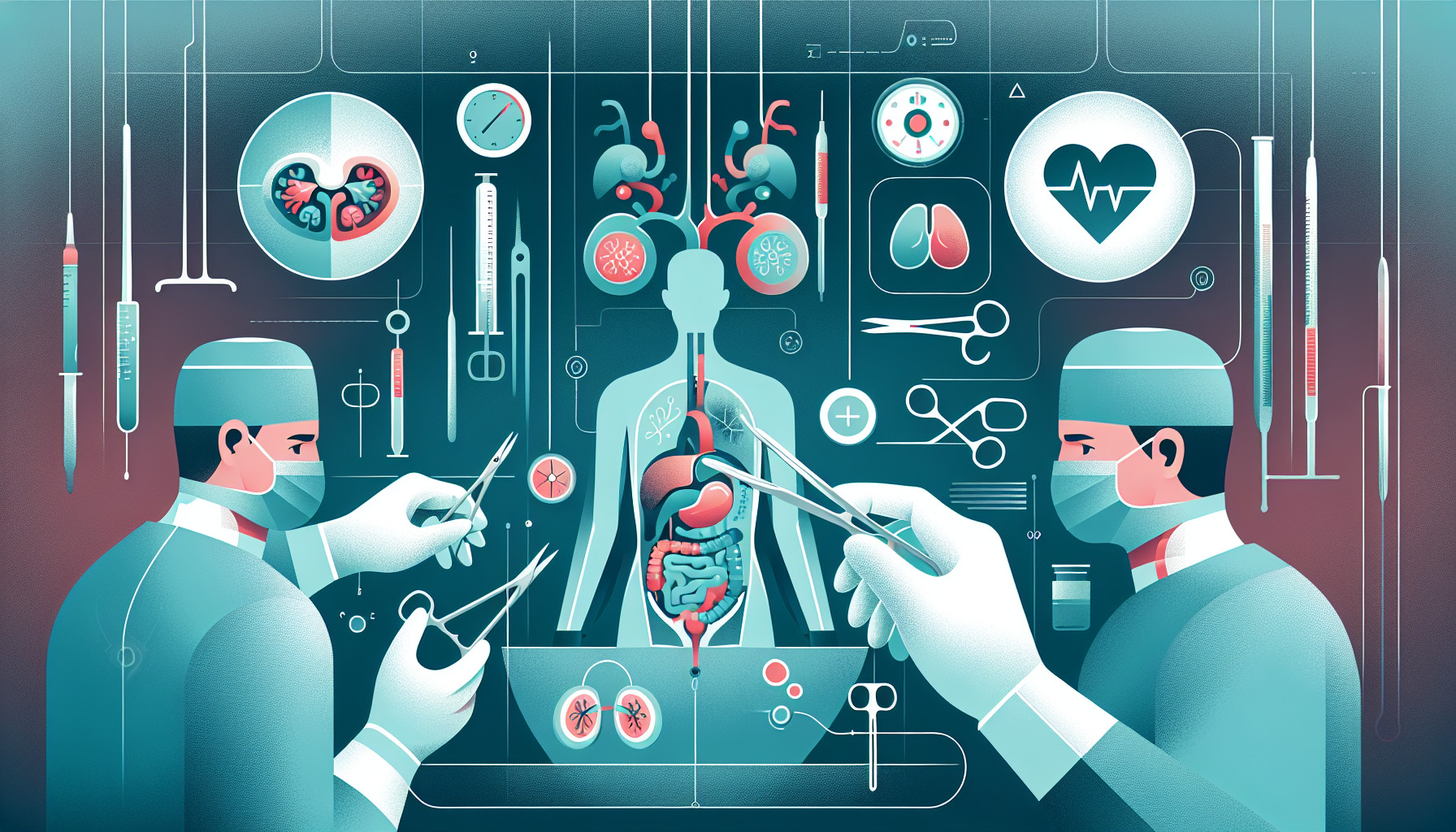Our Summary
This research paper discusses the lack of standard procedures for treating a condition in children called ureteropelvic junction obstruction, a blockage in the area connecting the kidneys to the tubes that pass urine to the bladder. The Young Pediatric Urology Committee from the European Society of Pediatric Urology gathered information from five experts in the field about different ways to manage this condition. They compared these expert opinions with existing published research on the subject.
FAQs
- What is the current standard for investigation, management, and follow-up of pediatric ureteropelvic junction obstruction?
- What were the findings of the Young Pediatric Urology Committee of the European Society of Pediatric Urology in regards to the management of ureteropelvic junction obstruction in children?
- Who are the experts interviewed by the Young Pediatric Urology Committee of the European Society of Pediatric Urology on the topic of pediatric ureteropelvic junction obstruction?
Doctor’s Tip
One helpful tip a doctor might tell a patient about pediatric urologic reconstruction is to make sure to follow all post-operative care instructions closely, including taking any prescribed medications, attending follow-up appointments, and keeping the surgical area clean and protected. It is important to communicate any concerns or changes in symptoms to the healthcare provider promptly to ensure the best possible outcome.
Suitable For
Patients who are typically recommended pediatric urologic reconstruction are those who have ureteropelvic junction obstruction. This condition can cause blockage in the urinary system, leading to problems with urine flow and kidney function. Pediatric patients with this condition may experience symptoms such as pain, urinary tract infections, and kidney damage. Urologic reconstruction may be recommended to alleviate these symptoms and improve overall kidney function in these patients.
Timeline
- Before pediatric urologic reconstruction:
- Initial diagnosis of the condition, such as ureteropelvic junction obstruction, through imaging studies or symptoms like abdominal pain or urinary tract infections.
- Consultation with a pediatric urologist to discuss treatment options and potential risks and benefits of surgery.
- Pre-operative evaluations, including blood tests, imaging studies, and possibly a cystoscopy to assess the anatomy of the urinary tract.
- Surgical planning and scheduling of the procedure.
- After pediatric urologic reconstruction:
- Recovery period in the hospital, which may include pain management, monitoring for complications, and physical therapy to aid in recovery.
- Follow-up appointments with the pediatric urologist to monitor healing progress and address any concerns or complications.
- Long-term follow-up to assess the success of the reconstruction and monitor for any potential long-term effects or recurrence of the condition.
- Ongoing management of any urinary issues or complications that may arise post-reconstruction, such as urinary incontinence or urinary tract infections.
What to Ask Your Doctor
- What are the different treatment options for pediatric ureteropelvic junction obstruction?
- What are the potential risks and complications associated with each treatment option?
- How will you determine which treatment option is most suitable for my child?
- What is the success rate of the different treatment options?
- What is the expected recovery time for each treatment option?
- Will my child require follow-up appointments after the treatment? If so, how often and for how long?
- Are there any lifestyle changes or restrictions my child will need to follow post-treatment?
- Can you provide me with information on support groups or resources for parents of children undergoing pediatric urologic reconstruction?
- What are the long-term implications and outcomes for children who undergo pediatric urologic reconstruction?
- Are there any alternative or complementary therapies that may be beneficial for my child’s condition?
Reference
Authors: Gopal M, Peycelon M, Caldamone A, Chrzan R, El-Ghoneimi A, Olsen H, Leclair MD, Stillebroer A, MacDonald C, Tonnhofer U, Strasser C, Adam A, Spinoit AF, Haid B. Journal: J Pediatr Urol. 2019 Aug;15(4):322-329. doi: 10.1016/j.jpurol.2019.05.010. Epub 2019 May 16. PMID: 31227314
